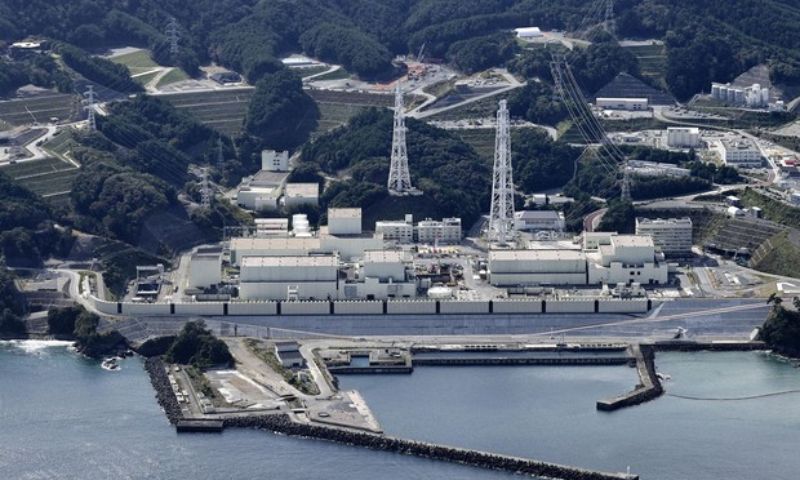TOKYO, Japan: Japan has restarted the Onagawa nuclear reactor in Miyagi Prefecture, marking a significant milestone in the country’s nuclear energy approach post-Fukushima.
Following the 2011 disaster at Fukushima, Japan decommissioned all reactors, and only 12 out of the original 54 have been reactivated with enhanced safety standards since then.
The newly restarted Onagawa reactor, operated by Tohoku Electric Power Company, features a reinforced tsunami wall elevated to 29 meters (95 feet) above sea level, among Japan’s highest for such infrastructure.
The Japanese government has emphasized nuclear power’s role in its decarbonization goals. Alongside renewables, nuclear energy is critical to Japan’s target of achieving 20-22% nuclear-powered electricity by 2030, compared to the current share under 10%. Additionally, Japan aims to expand renewables to over one-third of its energy mix while reducing reliance on fossil fuels from approximately two-thirds to just 41%.
Onagawa’s Unit 2 is the first boiling water reactor to come back online since the Fukushima incident. Japan’s emphasis on safety, regulation, and decarbonization signifies its commitment to balancing energy security and environmental goals amidst increasing global demand for clean energy sources.























